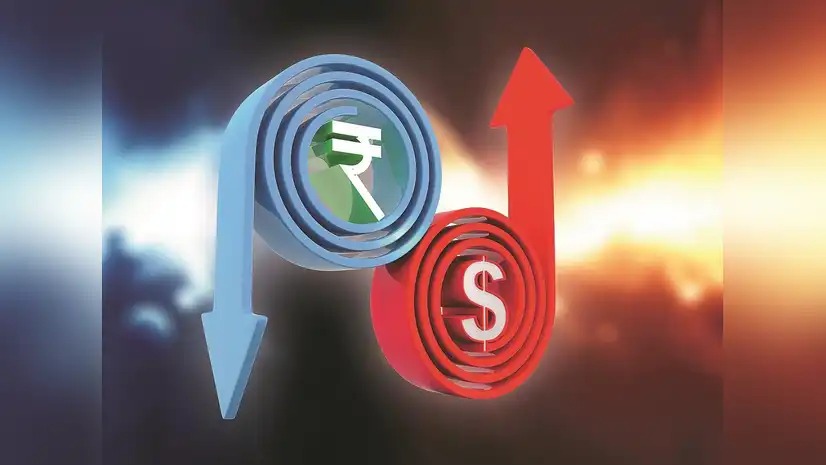The rupee fell 28 paise to 85.75 against the US dollar on Monday as a rise in dollar demand from foreign and domestic banks pulled it down. This was despite a largely weaker dollar index and a firmer tone in other currencies in Asia, reflecting the peculiar stresses in the Indian forex market.
Major Moves
The rupee traded in a narrow range of 85.44 to 85.78 per dollar
Government-owned banking company dollar purchases, presumably on behalf of RBI, were seen
Oil importers and oil firms boosted the demand for dollars, drawing rupee liquidity tighter
The dollar index was near a three-year low, but the rupee went against the regional trend.
What's Behind the Decline
Bank-Led Dollar Demand
Offshore as well as domestic banks absorbed further dollar buys, possibly for import settlements and custodial accounts
This additional demand outstripped supply, leading to the rupee dropping despite favorable overseas cues
RBI's Subtle Intervention
Traders felt Reserve Bank of India intervened through state-owned banks to even out volatility
The presence of the central bank maintained the rupee fall within a contained band
Oil and Importer Pressure
Indian oil majors and large importers were eager to buy dollars
This was responsible for weakening the rupee, especially in a month that recorded high crude procurement
Regional Context
Other Asian currencies like the Taiwan dollar and Korean won posted gains
The Chinese yuan also strengthened, a sign of general dollar weakness
India's divergence spotlights domestic drivers over global tailwinds Strategic Insight The rupee's fall is not just a case of foreign exchange movement—India's domestic demand dynamics are reflected in it. Importers, oil companies, and banks alike rush for the greenback, so RBI's balancing act is all the more crucial. With mixed signals from abroad, the rupee can still trade on a risk-off bias until policy signals or capital flows reverse.
Sources: Economic Times, Business Standard, Medial News, Reuters, LSEG Data, Finrex Treasury Advisors

